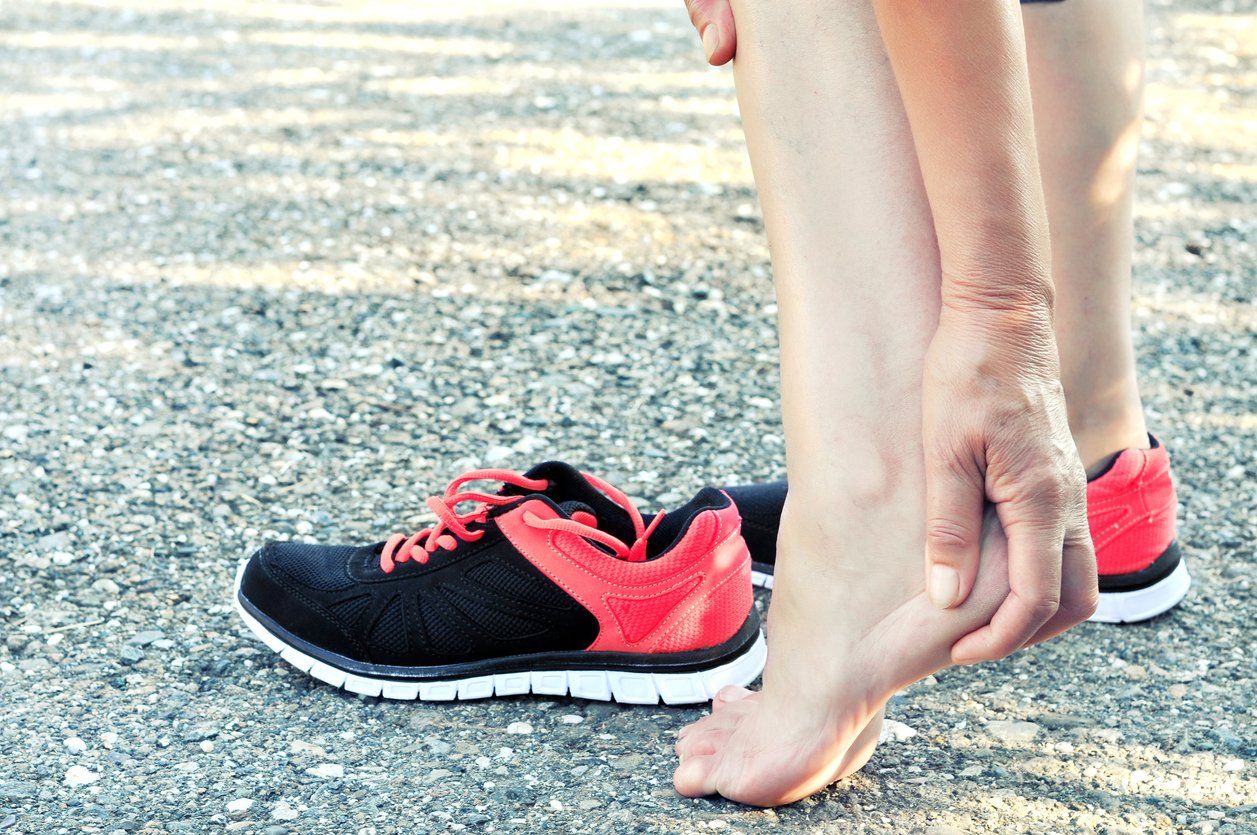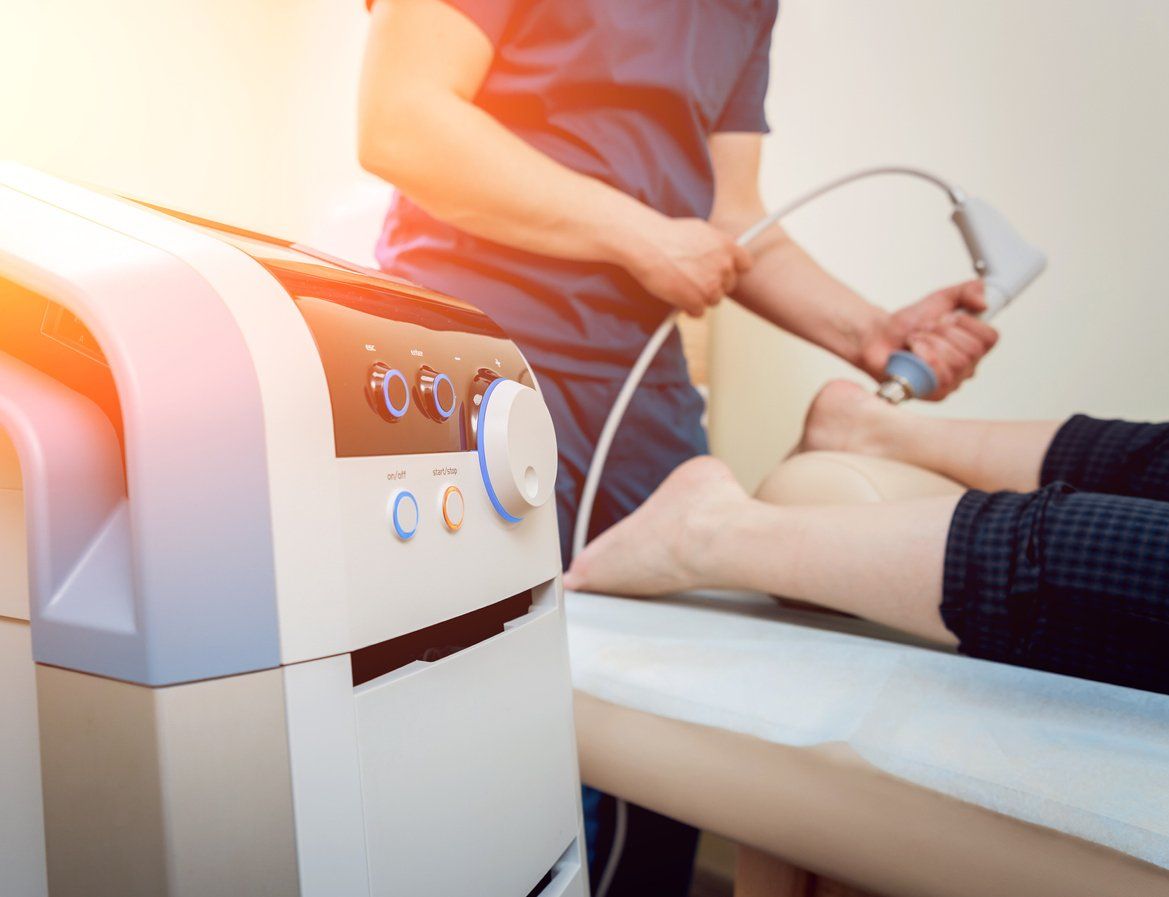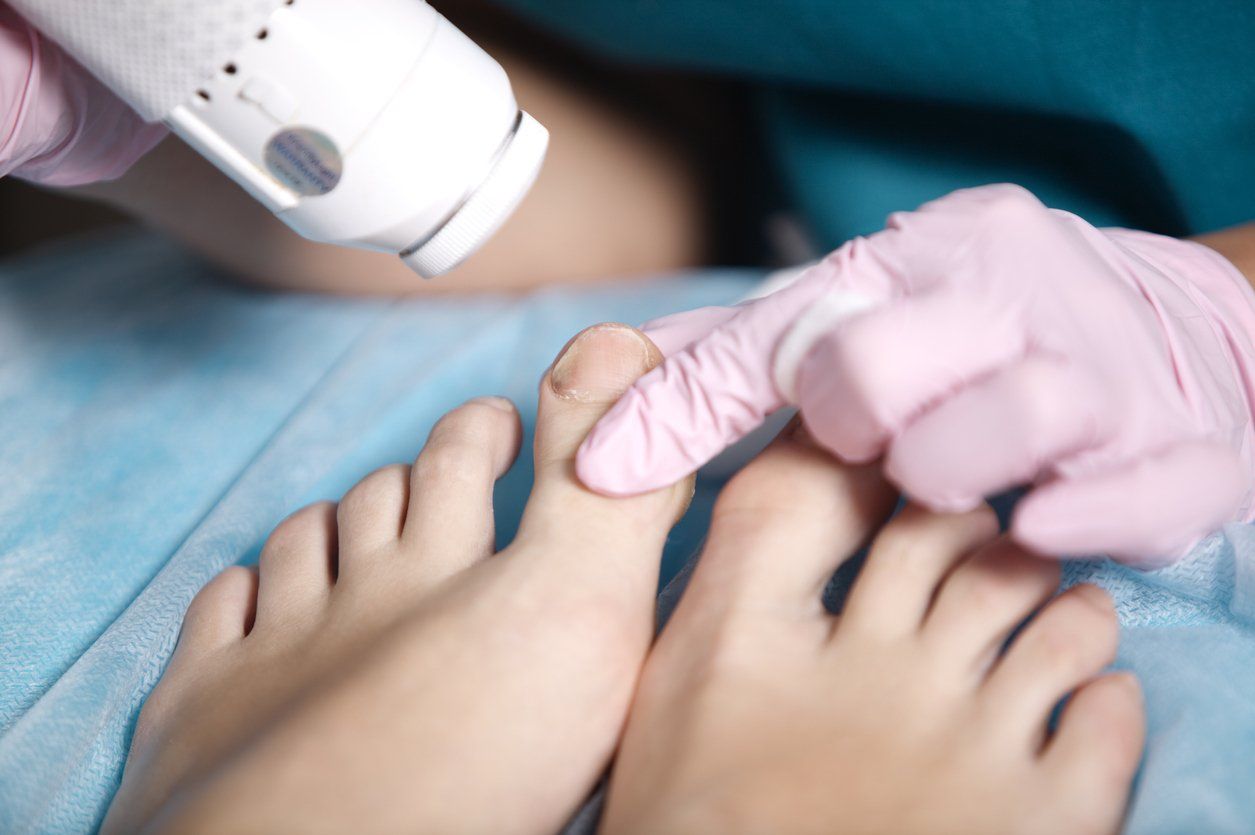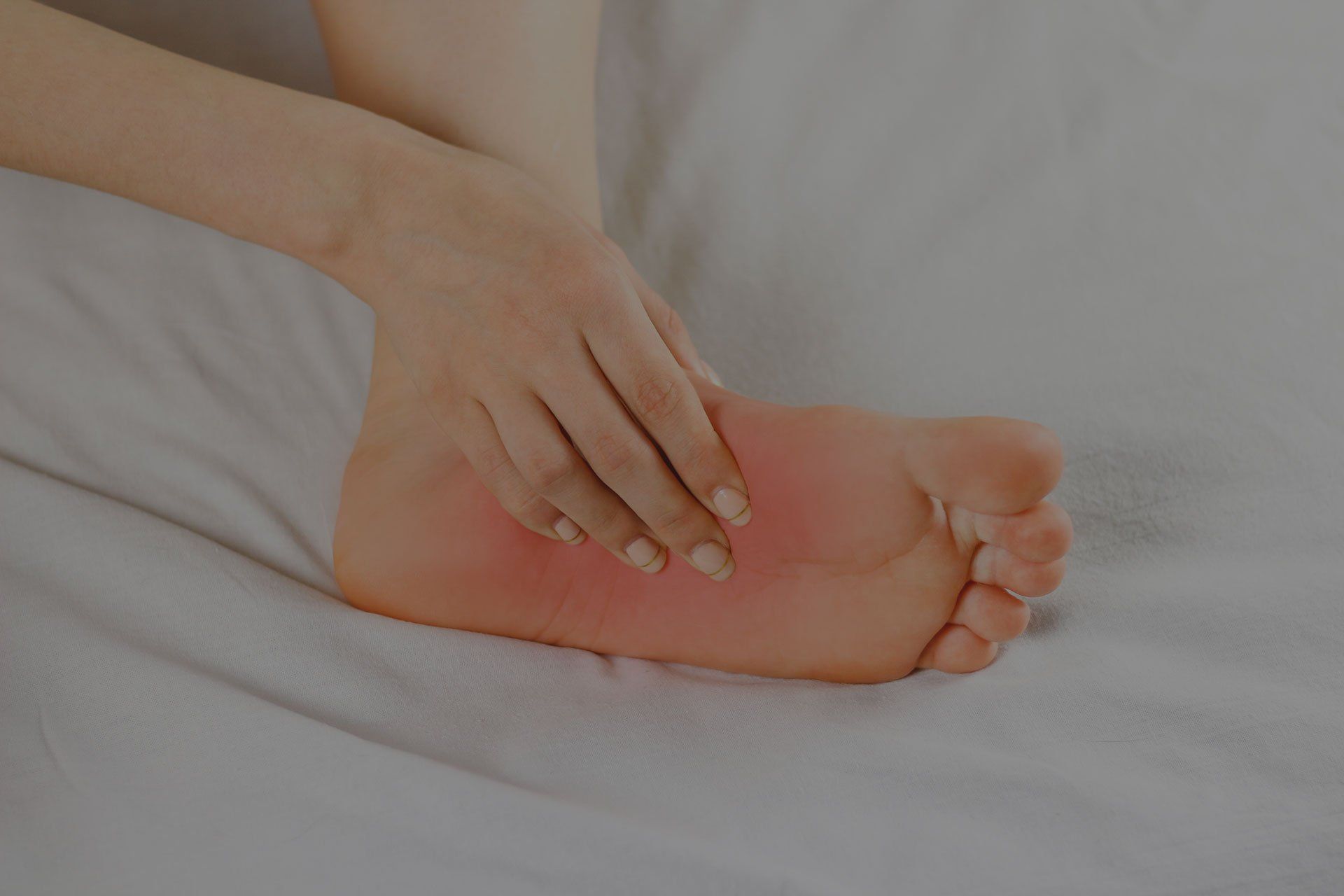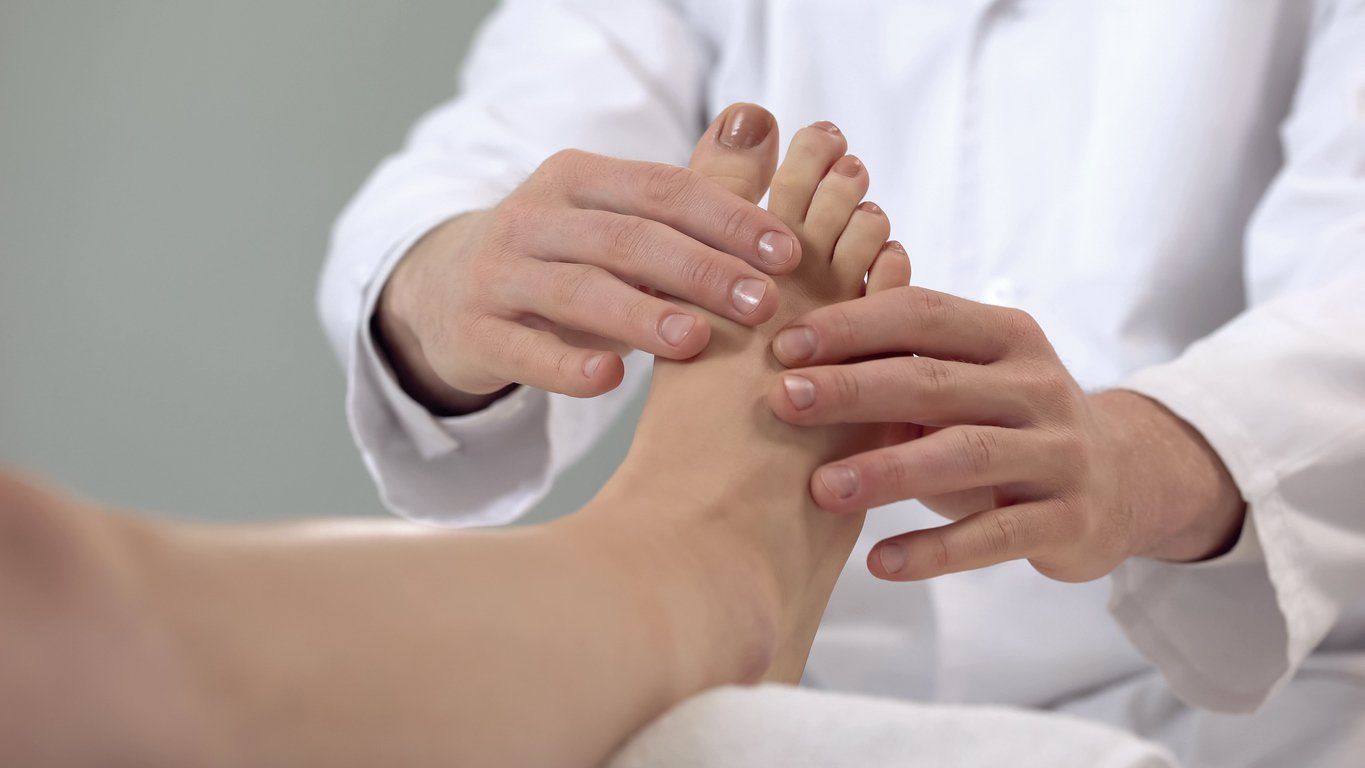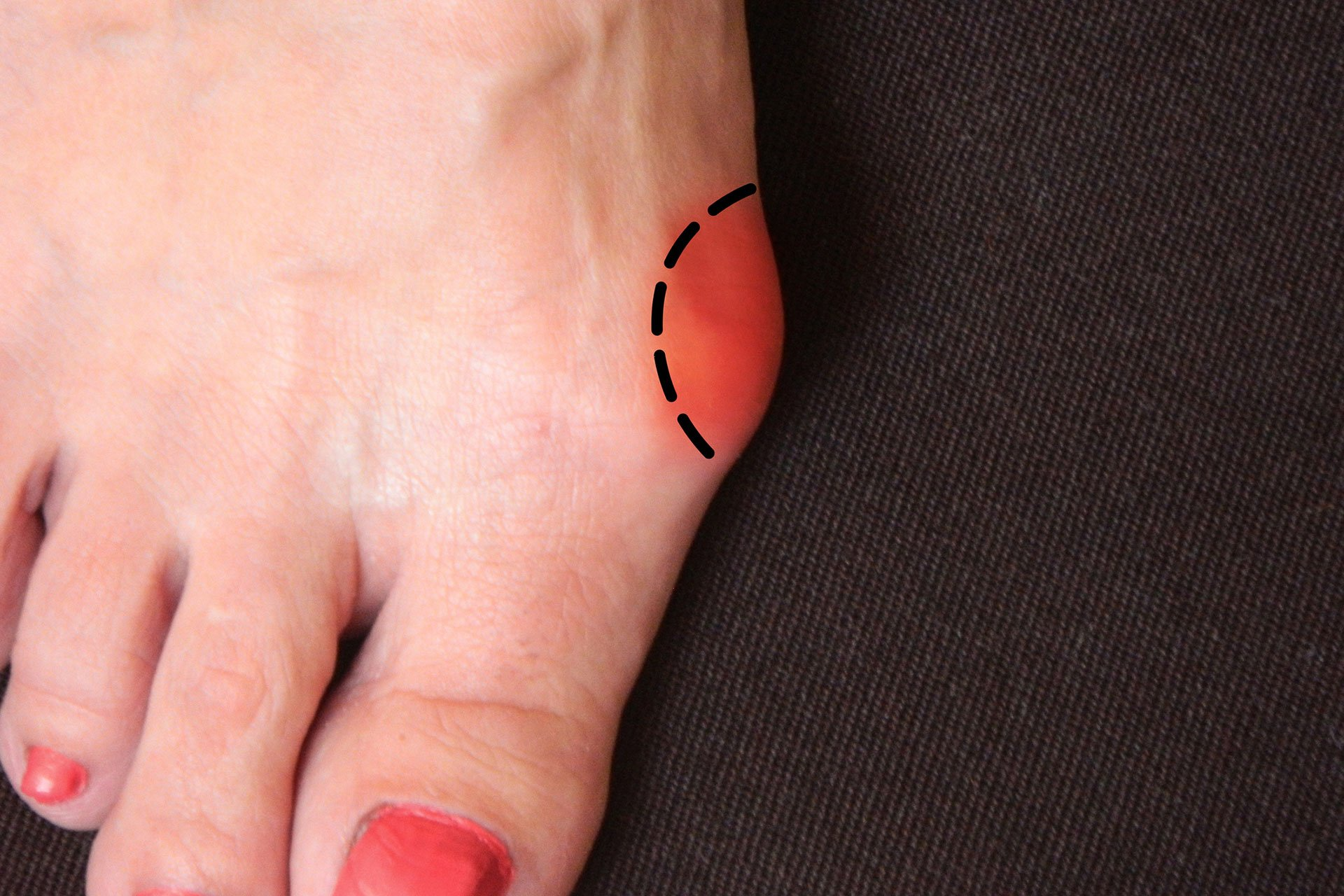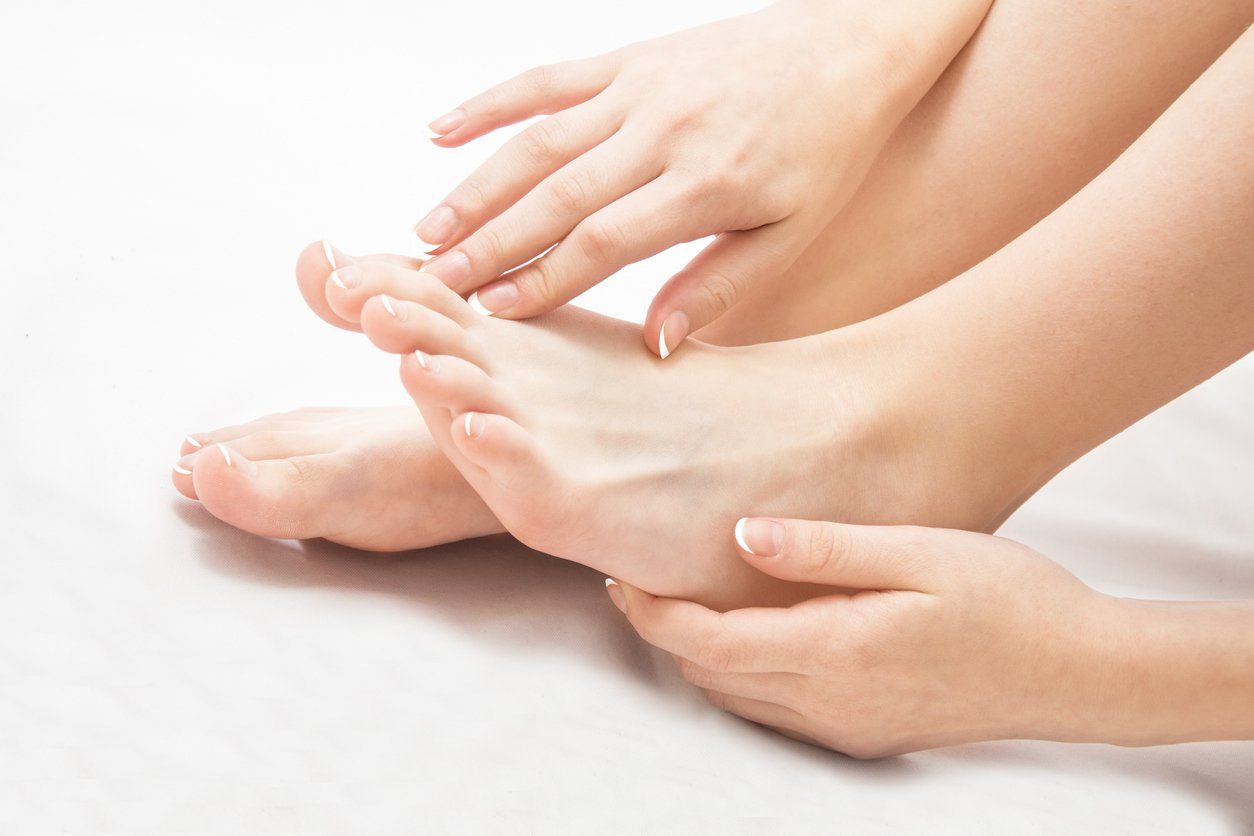What Are Bunions & How Are They Caused?
What Are Bunions and How Are They Caused?
Bunions are a common foot condition that can cause discomfort and affect your daily activities. At West Texas Foot & Ankle, we are dedicated to helping you understand and manage bunions effectively. In this blog post, we will explore what bunions are, how they are caused, and the various treatment and prevention options available.
What Are Bunions?
A bunion is a bony bump that forms at the base of the big toe, where it joins the foot. This bump is the result of the metatarsophalangeal (MTP) joint moving out of place, causing the big toe to lean toward the second toe. Over time, this misalignment can lead to the formation of a bony protrusion on the side of the foot.
How Are Bunions Caused?
Bunions can develop due to a variety of factors, including:
- Genetics: Heredity plays a significant role in the development of bunions. If your parents or grandparents had bunions, you are more likely to develop them as well.
- Foot Structure: Certain foot types, such as flat feet or low arches, can increase the risk of bunion formation.
- Footwear: Wearing tight, narrow, or high-heeled shoes can put pressure on the toes and contribute to the development of bunions.
- Arthritis: Conditions like rheumatoid arthritis can cause joint inflammation and misalignment, leading to bunions.
- Injury: Trauma to the foot, such as a sprain or fracture, can alter the structure of the foot and lead to bunion formation.
Treatment Options for Bunions
If you are experiencing bunion pain or discomfort, there are several treatment options available:
- Conservative Treatments:
- Padding and Taping: Using padding to protect the bunion and taping to realign the toe can provide relief.
- Orthotic Devices: Custom orthotics can help distribute pressure more evenly across the foot, reducing pain and discomfort.
- Medications: Over-the-counter pain relievers and anti-inflammatory medications can help manage pain and reduce inflammation.
- Ice Therapy: Applying ice to the affected area can help reduce swelling and pain.
- Shoe Modifications: Wearing shoes with a wide toe box and good arch support can alleviate pressure on the bunion.
- Surgical Treatments:
- Bunionectomy: This surgical procedure involves removing the bony bump and realigning the big toe. It can significantly improve the appearance and function of the foot.
- Osteotomy: This procedure involves cutting and realigning the bone to correct the misalignment of the big toe.
- Exostectomy: This involves removing the bony protrusion without realigning the toe.
Bunion Prevention
While some factors, such as genetics, are beyond your control, there are steps you can take to prevent or slow the progression of bunions:
- Wear Appropriate Shoes: Choose shoes with a wide toe box and good arch support. Avoid high heels and tight, narrow shoes.
- Maintain a Healthy Weight: Excess weight can put additional pressure on your feet, increasing the risk of bunion formation.
- Use Orthotic Inserts: Custom orthotics can help distribute pressure more evenly across the foot, reducing the risk of bunion development.
- Regular Foot Care: Regular visits to a podiatry doctor can help identify and address foot issues early, preventing the progression of bunions.
Best Shoes for People with Bunions
If you have bunions, choosing the right shoes is crucial for managing pain and discomfort. Look for shoes that:
- Have a Wide Toe Box: This provides ample space for your toes and reduces pressure on the bunion.
- Offer Good Arch Support: Shoes with good arch support can help distribute weight more evenly and reduce strain on the foot.
- Are Made of Soft, Flexible Materials: Soft, flexible materials can conform to the shape of your foot, providing comfort and support.
- Have a Low Heel: High heels can exacerbate bunion pain, so opt for shoes with a low or flat heel.
Take the First Step Toward Relief
If you are experiencing bunion pain or are concerned about the development of bunions, don't hesitate to contact West Texas Foot & Ankle. Our podiatrists are here to provide you with the best possible care and help you find the most effective treatment options. Call us toll-free at 866-456-2888 to schedule an appointment and take the first step toward a healthier, more comfortable foot. At West Texas Foot & Ankle, your foot health is our priority. We are committed to providing compassionate and comprehensive care to help you live your best life.
West Texas Foot and Ankle Associates | 432.755.0540 | 432-520-FEET | Toll Free: 866-456-2888
1913 Heritage Blvd., Midland, TX 79707
Serving Midland, Odessa, Andrews, Pecos, Big Spring, Fort Stockton, TX & Surrounding Areas.


